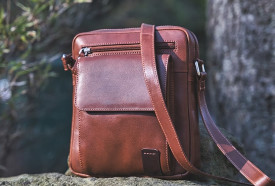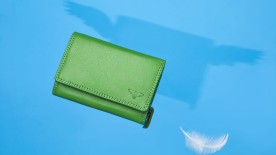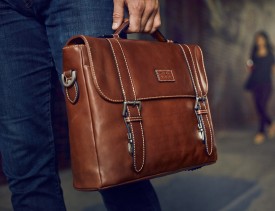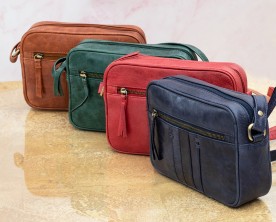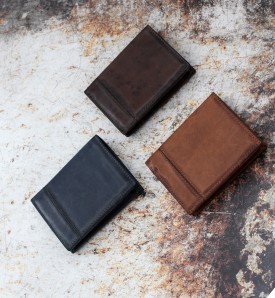In the past 25 years we've been selling leather bags, wallets, belts, purses and hats, we've experienced a whole host of leather-related jargon. At first it can be pretty confusing if you don't know your nappa from your nubuck, or your vegetable tanning from your oil tanning. That's why we've put together this easy-to-use glossary of all the industry terms you're likely to encounter when shopping for quality leather goods.
Bridle Leather - vegetable-tanned leather used for making equestian equipment e.g. saddles.
Buffalo Leather - hide from domesticated water buffalo.
Burnished Leather - where heat has been applied to the leather to achieve a darker colour and sheen.
Calfskin - fine-grained leather made from the hide of young cattle.
Crocking - similar to raw denim, this is when pigment from dyed leather rubs off onto other materials.
Full-grain Leather - leather that has not been processed in any way, beyond the original hair removal, allowing the natural markings and character of the leather to show through. Full-grain leathers must be cleaner hides to start with, making them more expensive.
Grain - term used to describe the natural characteristics of unprocessed hide, including its texture, wrinkles and markings.
Nappa - soft, full grain leather made from unsplit sheep or lambskin. It is usually tanned with alum and chromium salts and dyed throughout the whole piece.
Nubuck - leather where the surface has been buffed and brushed to create a soft, velvety effect. While suede is created from the flesh (inner) side of a hide, nubuck is created using the grain (outer) side, making it stronger.
Oil-tanned - when leather has been tanned using oils to create a very soft, pliable finish.
Patent Leather - where one surface of the leather is covered with a flexible, waterproof film which has a lustrous mirror-like surface. This coating was originally built up by the application of various varnishes and lacquers using linseed oil but is now often made of plastic.
Patina - the rich, worn-in hue that develops in a quality piece of leather over time with age and wear.
Pebbled Grain - an embossed leather finish that resembles a bumpy, pebbled surface.
Shearling - sheepskin or lambskins that have been tanned with the wool intact.
Split - when the underside of the hide is sheared off for use as leather. Devoid of any natural grain, it may be either sueded or pigment finished and embossed.
Suede - a finish (not technically a type of leather) where the top surface of the hide has been removed by abrasion and then brushed to create a soft, fuzzy feel. Also known as buffed leather.
Vegetable Tanning - a tanning method which uses materials from organic materials such as bark, instead of the traditional chemicals. Vegetable-tanned leather is stiffer than traditional oil-tanned leather and gets darker from your body's natural oils the more you use it.

